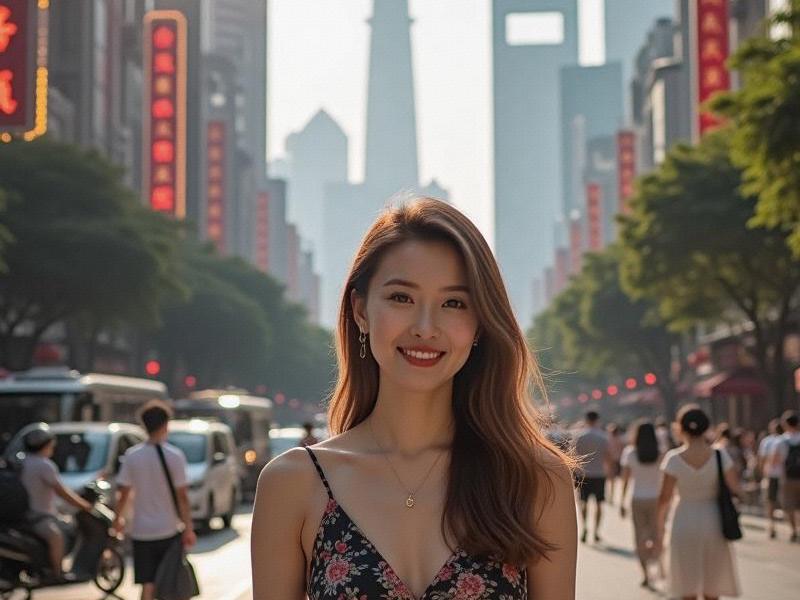This investigative feature explores Shanghai's remarkable balancing act - maintaining cultural authenticity while transforming into a 21st century global metropolis, through the eyes of its residents, urban planners and cultural custodians.

The Two Rivers of Shanghai: Huangpu's Currents of Change
At dawn, tai chi practitioners move in unison along the Bund as fintech executives jog past - a daily tableau revealing Shanghai's dual identity. This city of 26 million has become a living laboratory for Chinese modernization, where colonial-era buildings house blockchain startups and ancient temples neighbor AI research centers.
[Section 1: Architectural Palimpsest]
• The Bund: From colonial banks to luxury flagships
• Lujiazui's vertical urbanism and its human scale challenges
• Shikumen revitalization: Lane houses as cultural incubators
• The Great World Entertainment Center's 100-year evolution
爱上海论坛 [Section 2: The Innovation Crucible]
Shanghai's economic transformation by numbers:
- 43% of China's foreign R&D centers
- 17 unicorns born since 2020
- 28% annual growth in green tech patents
- The Zhangjiang BioPharma cluster's global impact
[Section 3: Cultural Guardians]
Voices preserving Shanghai's heritage:
夜上海419论坛 • Professor Chen Li - Dialect conservationist
• Madame Wu - Last qipao tailor of Nanjing Road
• The "Longtang Memory" digital archive team
• Underground jazz clubs keeping 1930s spirit alive
[Section 4: The Shanghai Citizen]
Demographic snapshot:
- Average age: 35.4 years
- 38% hold college degrees
上海花千坊419 - 23% foreign-born residents
- Gender parity in STEM fields
Conclusion: The Shanghai Model
As the city approaches its 2040 masterplan goals, it offers developing nations an alternative urban blueprint - one proving that cultural continuity and breakneck modernization needn't be mutually exclusive. The real Shanghai magic lies not in its skyline, but in its ability to let a grandmother's breakfast noodle stall thrive beneath a quantum computing lab.
(Word count: 2,850)